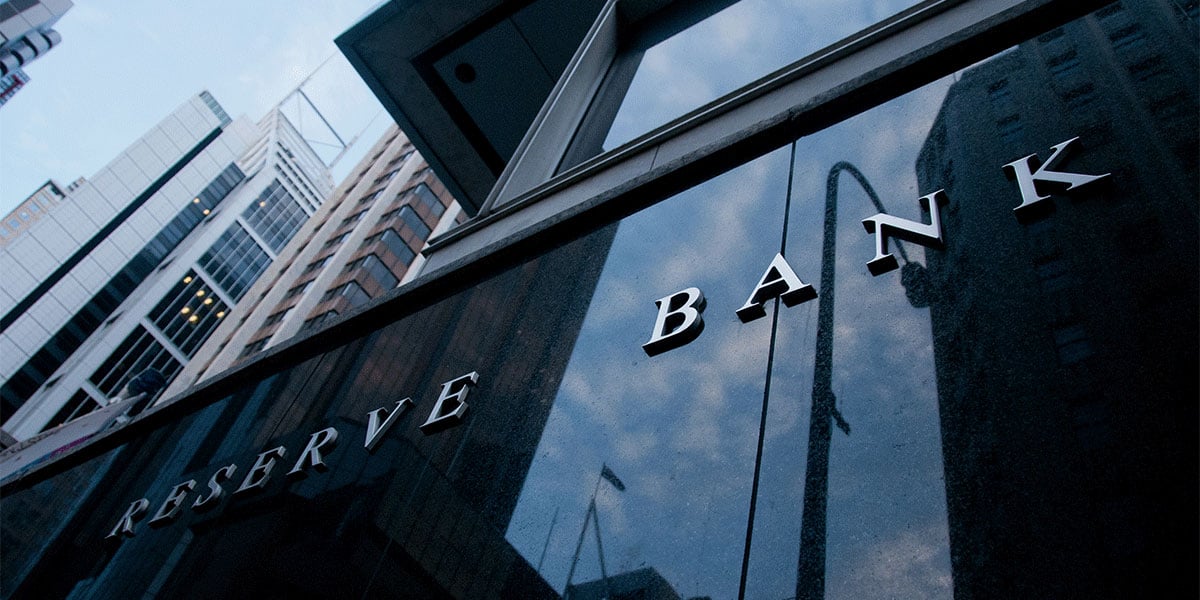Download the PDF

What scenarios would result in monetary policy easing in 2024?
This week's June quarter national accounts release from the ABS printed in line with our, and market, expectations. Real GDP grew by just 0.2% in the June quarter and by 1.0% over the last year, far below estimates of potential growth. Without the boost from strong population growth, the economy would be in recession. Per capita real GDP has contracted for seven of the last eight quarters and is now 2% lower than its peak two years ago.
The composition of growth in the economy was also largely as we expected. Public final demand contributed 0.4 percentage points to growth in the quarter, while the private sector contracted. This was driven by weakness in consumer spending, which fell by 0.2% in the quarter, as households continue to struggle with cost-of-living pressures. Private investment was also weak, falling for a second consecutive quarter, with the falls spread across both machinery and equipment investment and non-dwelling construction. Residential investment has been flat for around 6 months, only modestly above its COVID lows in 2020.
Few would dispute that growth in the Australian economy is very weak. Yet despite this weakness, it is still creating jobs at a rapid clip. With employment growing at an annual pace of around 3%, and even though the average workweek has been reduced, measured labour productivity is very weak, at just 0.4% in the year to June. An absence of productivity growth constrains the ability of the economy to expand the supply or potential output of the economy.
But the weakness in labour productivity is not a recent phenomenon; labour productivity has actually gone backwards in the 2020’s. This is a key factor underpinning the RBA's view that the level of aggregate supply is lower than aggregate demand; that there is an “excess demand output gap” keeping inflation above target. But while output gaps are an important consideration for monetary policy, they are notoriously hard to measure in real time and subject to considerable uncertainty and revision, which limits their usefulness as a forecasting tool.
The RBA has deliberately tackled the most recent inflation challenge slightly differently to some of its global counterparts, placing more weight on the full employment aspect of their mandate. This has resulted in monetary policy settings that are less restrictive in Australia than globally. In a speech this week, RBA Governor Michele Bullock articulated the RBA's strategy was to "manage down excess demand" gradually, providing just enough restriction from interest rates that they don't end up slowing the economy too far and ending in over-supply. The implication is that inflation follows a gradual glide path toward target, rather than risking an overshoot to the downside. Critical to the success of this strategy is having well-anchored inflation expectations, which allows inflation to be away from target for some time without a cost. Market-based measures of inflation expectations had remained stable and around 2.50% until the middle of this year, reflecting hard-won credibility from the RBA for having historically achieved its inflation target.
Interestingly though, 10-year ahead inflation expectations in the bond market have fallen to around 2.20%, well below the mid-point of the RBA target band. This is despite RBA forecasts of inflation remaining above the midpoint of the target band until 2027. Could this be evidence that the market is questioning the RBA’s inflation forecasts?
QIC’s view is certainly that the RBA is putting too much weight on its output gap measures resulting in a too pessimistic inflation outlook. The RBA’s August Statement on Monetary Policy outlined two scenarios that suggest downside risks to the inflation outlook, and both appear to be gaining traction.
The first is a lower consumption scenario, in which consumption per capita stagnates over the forecast horizon. While our central case is for an improvement in consumer spending similar to the RBA’s baseline, the weakness in the June quarter data, in which consumption per capita fell by 0.8%, increases the probability of this scenario. In this scenario, inflation moves more quickly into the target band, and moves below 2.5% by the end of 2026.
The second is a higher unemployment rate scenario, reflecting an end to labour hoarding and adjustments to hours worked. Given that the unemployment rate lifted to 4.2% in July, only marginally below the RBA’s forecast of 4.3% by the end of the year, this scenario (which is closer to QIC’s central case) is also looking more likely. In the higher unemployment rate scenario, labour productivity starts to recover and inflation moves within the target band by the middle of next year. This mirrors QIC’s view on inflation.
With only three more monetary policy meetings this year, time is running out on our call for an RBA rate cut in 2024. But the increasing likelihood of their scenarios on weak consumption and rising unemployment suggest we may see downward revisions to the RBA’s inflation forecasts as more data becomes available. This may be enough to tip the balance toward cutting rates by the end of the year.
